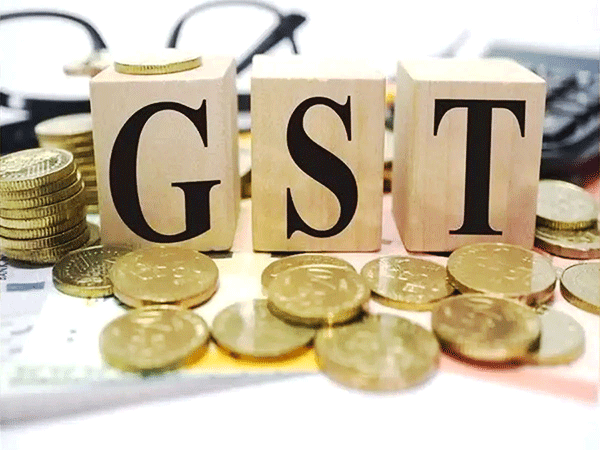|
Next-Gen Goods and Services Tax (GST) reforms in India
The GST Tax system was introduced in India in 2017 to streamline and reduce scores of different taxes in the Centre and States, which had made the tax system complicated and less efficient.
The GST system has worked well in India, has become stable, and generated revenue of about Rs1.6 lakh crore(US$20 billion) per month.
Hence a need was felt to make more reforms in the GST to make it simpler and bring stimulus in the Indian economy.
The 56th GST Council Meeting held on 3 September, chaired by Indian Finance Minister Mrs Nirmala Sitharaman, laid out the 7 pillars of Next-Gen GST reforms that will shape India’s economic future.
The outcomes highlight how GST continues to evolve into a citizen- and business-friendly system, driving growth and stability for Bharat’s economy.
Earlier, the Unified India’s tax system with One Nation, One Tax expanded the taxpayer base and ensured stable revenues. GST 2.0 simplifies processes with a 2-tier structure (5 percent and 18 percent). This will lead to fewer classification disputes, smoother duty structures, and faster refunds for better liquidity.
GST 2.0 has simplified filing through technology and allows easy registration for small and low-risk businesses (licence in 3 days).
Exporters can have 90 percent upfront provisional refunds. The new system has end-to-end digital compliance with e-invoicing & AI-driven risk detection.
GST 2.0 places the interests of consumers first and essential commodities are now in the 0-5 percent bracket.
GST for high-value items like cars and appliances is down from 28 percent to 18 percent, making daily needs affordable and aspirations achievable.
The new system empowers MSMEs and manufacturers.
The rates are simpler to support one of India’s flagship programmes, ‘Make in India’. Moreover, the rules for doing business have been made easier.
GST 2.0 will provide sustainable revenue growth for all States. Rationalised rates will lead to higher demand and greater consumption.
This fiscal federalism is powering India’s growth story.
Lower taxes mean higher savings. This ensures that families buy more, demand rises, and industries grow. Consumer items like cars, appliances and electronics have been made cheaper under the new regime. When people spend more, it fuels growth across all sectors.
The reforms approved in the GST Council meeting fulfilled PM Narendra Modi’s 15th August (Independence Day) promise from Red Fort, New Delhi, to ease the tax burden on the middle class and poor. For example, milk is now tax free. Chocolates, once taxed at 31 percent and and mineral water at 27 percent, are now reduced to 5 percent GST. Similarly, items like soap, toothpaste, bicycles, furniture and kitchenware now incur just 5 percent GST, down from 27 percent-28 percent earlier, while GST on farm equipment has been reduced from 20 percent to 5 percent.
These reforms are in line with the Government’s ‘Ease of living’ policy for common citizens and ‘Ease of doing business’ for business operators. They are one more step in making India the world’s 4th largest economy in the next few years and a ‘Viksit Bharat’ (Developed India) by 2047 when India marks 100 years of Independence.
By Advertorial Desk
(Latest Update September 9, 2025)
|


